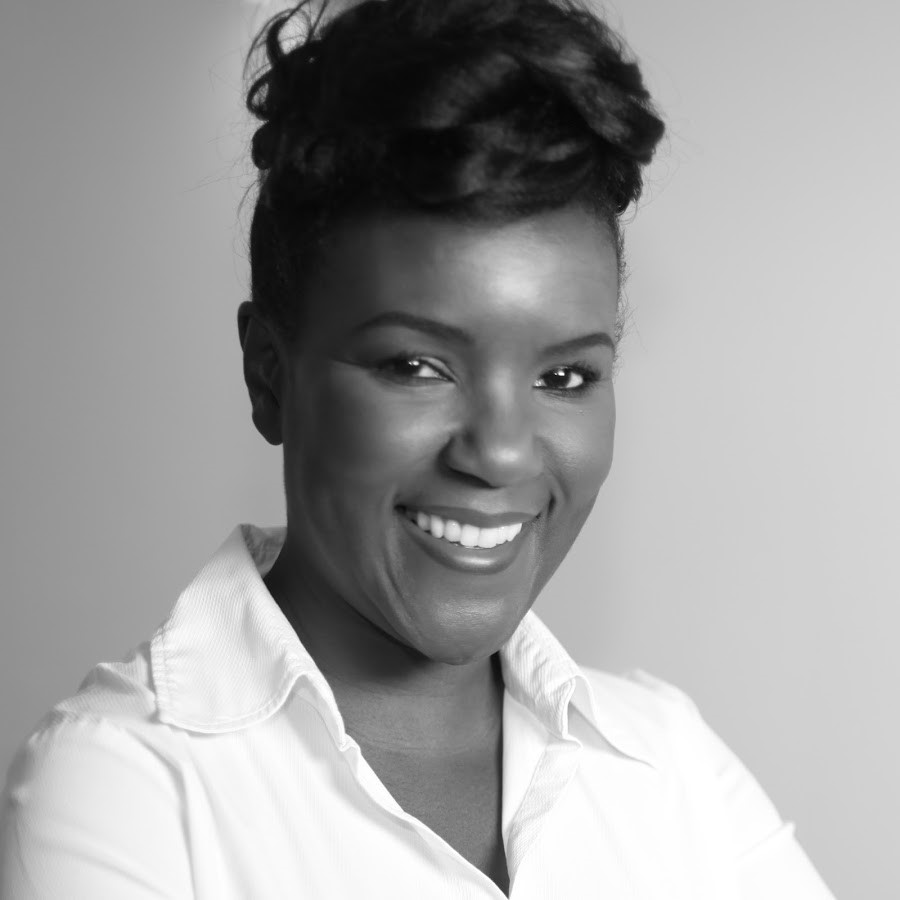There’s a lot of misunderstanding regarding how hair classification can be used, particularly in an apprenticeship – as the misconception is that apprentices don't learn about type 4 hair (very curl or coiled hair). The truth is, they can complete the Apprenticeship practical on any type hair and gain the knowledge of all hair types.
In this latest blog, Craig Davies, Director of Education at Francesco Group and Samantha Golding, owner of SG HAIR, shares their views about the current landscape on hair types and apprenticeships and what more can be done for salons to provide hair services for all types of hair.
This blog covers:
- A clear vision for hair types training
- Case study – how a salon and training provider teach hair types with their apprentices
- The full lowdown of apprenticeship training
- Standard authorities in the four nations
As a training provider, Craig Davies says he has a clear vision and ambition for a hairdressing salon. A team of hairdressers working in a salon can provide a hairdressing service to anyone who walks through their door, regardless of their race and ethnicity. Craig says, "I believe the future of hairdressing is to take out ethnicity, by that I mean remove racial, national, tribal, religious, linguistic, or cultural origins and just look at the hair and its texture, is it Type 1, 2, 3 or 4?"
To achieve this, Craig believes all apprentices should be trained in all hair types. Craig says, "Apprentices working for their qualifications should be educated and given the opportunity to practice on all hair types even though the particular salon they work in may only deal with two or three hair types out of the four classifications."
It is evident that if a salon has a clientele made up of predominantly curly Type 3 and 4 clients, the apprentice working in that salon will be specialising in those hair types. But similarly, if an apprentice worked in a salon that services a clientele with Type 1 and 2 hairs, they would specialise in those hair types. Either way, both apprentices should experience all hair types within their training. The responsibility for delivery of that training should fall with the Training Provider chosen by the salon.

A case study of salons that currently send their apprentices to train with FG Education is SG HAIR, owned and operated by Samantha Golding and Francesco Group Wolverhampton owned and franchised by Alison Wilkes.
SG HAIR is an established and renowned International Curly Hair specialist. Samantha and her team provide niche services in Textured, Afro and Natural Hair. Samantha employs an apprentice and sends her to her training provider, FG Education, to achieve the Hair Professional qualification and standard.

Samantha Golding says: "My salon specialises in curly hair types 3 & 4. If an apprentice has chosen to work in a salon that works on the hair type, why wouldn't they carry out their qualifications and become qualified in curly hair? I am proud to say all my apprentices complete their qualifications in 3 & 4 hair types. I think the issue is when obtaining a qualification, the onus should be on the training organisations to ensure all apprentices have some practical experience on all types of hair”.
Sam’s advice to apprentices and salon owners is, "Think of hair types as your group of friends. Each person has a different personality and reacts differently to other circumstances. The first thing I get my apprentices trained on is how to properly shampoo and blow-dry. My advice is:
- Don't be afraid of unfamiliar hair types, spend a day in a salon that specialises in curly hair.
- Be mindful that all hair types are different. For example, when it comes to type 3 and 4 hairs, it can be fragile when wet, so vital that you detangle the hair first. This is where having the correct tools for brushing & combing helps.
- If you live in remote parts of the country, you may not be exposed to many type 3 or 4 hair. Use a mannequin to train yourself and staff. You never know when it may be handy to use as none of us wants to lose a potential client.
Francesco Group Wolverhampton is well established and is part of one of the largest award-winning salon groups in the UK. The salon is renowned for providing cutting, colouring and technical services to a diverse and inclusive community. The salon employs an apprentice and sends her to FG Education to achieve the standard of a hair professional.

Apprentices are trained in all four hair types during their apprenticeship when attending their Academy days at FG Education. That training would consist of learning the four classifications of hair types, the structure of the hair, density, porosity, etc. They would learn about the characteristics of the four hair types, the feel of the hair, the styling, the conditioning, the products to use, the nuances of each hair category.
The apprentice working in SG Hair has a lot of clients with Hair Types 3 and 4, but they still learn, engage, and practice on people with Hair Types 1 and 2. Likewise, the apprentice working in FG Wolverhampton is exposed to a clientele that is predominantly Hair Type 1 and 2 but still learns, engages and practices on people with Hair Types 3 and 4.
The apprentice then nears the end of their apprenticeship and prepares for the End Point Assessment (EPA). Here, the apprentice will be examined by an Independent Assessor whilst they carry out a variety of services on live clients. Both apprentices select clients for the end point assessment (EPA). As you would expect, each apprentice would choose the best client to showcase their hairdressing skills. One apprentice may decide to do Type 3 or 4 hair. Another might select Types 1 or 2 hair for this assessment of their talent.
England
- The hair professional apprenticeship trailblazer group via the Institute (https://www.instituteforapprenticeships.org/about/) is responsible for the standards and ensuring that all hair types are included within the apprenticeship. A copy of the standards can be found on the Institute for Apprenticeship and Technical Education Website.
Devolved nations (Scotland, Northern Ireland, and Wales)
- The updated National Occupational Standards will ensure that all hair types are included in the qualifications, such as the SVQ delivered to and undertaken by apprentices.
- The NOS can be accessed via a collectively funded database governed by the devolved administrations and managed on their behalf by Skills Development Scotland.
All apprentices should know all hair types to prepare them for the industry better. The decision to pursue knowledge or specialisms on a specific hair type will be made by the apprentice or their employer, which has always been the case. This can be obtained through manufacturer courses or CPD providers. Traditionally, specialisms could be obtained in Colouring Hair, Bridal Hair or Textured Hair as examples.
Wendy Cummins, salon owner and hair professional apprenticeship steering group chair, says: "The hair classifications have been embedded into the England apprenticeship standards for hairdressing and barbering since 2016, to ensure the standards were inclusive and accessible. The use of hair classifications is not something new, they are widely used in industry and qualifications.
"The hair professional apprenticeship standards and assessment plans were developed to ensure that apprentices across England can complete their apprenticeship on all hair classifications."
The hair professional apprenticeship standards are currently under review and are due to be published in early 2022.
Wendy added: "The current hair classifications, including the full description, will continue to be embedded into the apprenticeship standards as is. It is vital that we use consistent wording, currently used in industry, and all apprentices can work and have an understanding of all hair types to meet client's needs."
